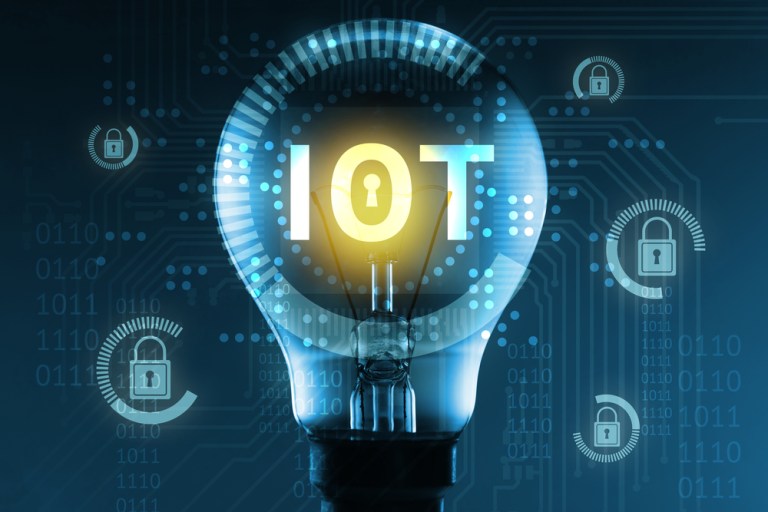
From virtual assistants and voice-activated devices to fitness trackers and other wearables, the Intelligence of Things (IoT) is permeating more and more facets of everyday life.
London street lights will soon be upgraded to help transmit data and reduce the city’s electric costs, for example, and smart lighting will come to the U.S. in the form of smart poles that improve urban communities’ access to wireless networks and LED lighting. IoT-enabled televisions, refrigerators and even vehicles are becoming mainstream, and even smartwatches are seeing the effects of connected innovation.
Smartwatches are known to act as personal trainers, motivating users to reach daily exercise goals, track one’s heart rate or count calories and steps, among other functions. Now, some even make payments.
Fitbit is hoping to help its customers work on both their health and wealth goals with its upcoming Ionic device. The contactless payment-enabled smartwatch will allow its users to make payments before, during and after their workouts, all without having to carry a wallet, payment card or smartphone, and all with just the flick of a wrist.
Here are the numbers:
1.8 trillion | Estimated revenue in USD that mobile network operators stand to gain by 2026, achieved through early deployment of commercial low-power wide-area (LPWA) networks
310.4 million | Expected number of wearable devices that will be sold this year, a 16.7 percent increase over 2016
82 million | Projected value of smart sensor market revenue by 2024 in USD
30,000 | Number of London streetlights to be IoT-connected by Silver Spring Network
68 | Percentage of Intelligence of Things professionals who are struggling to hire talent with relevant IoT experience, according to a recent survey
4.4 | Average number of connected devices per person, according to a recent Visa study